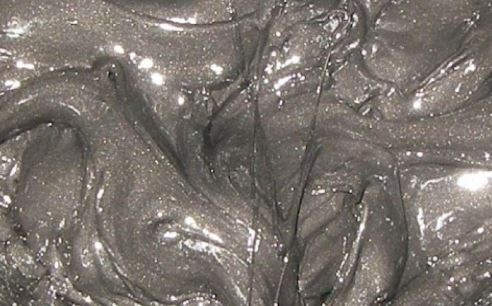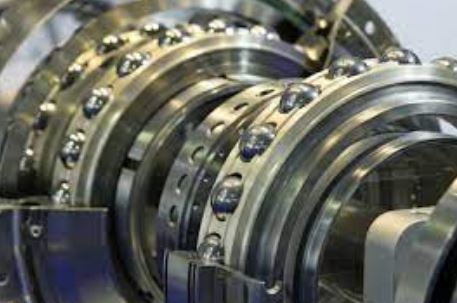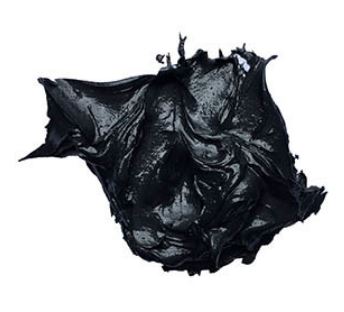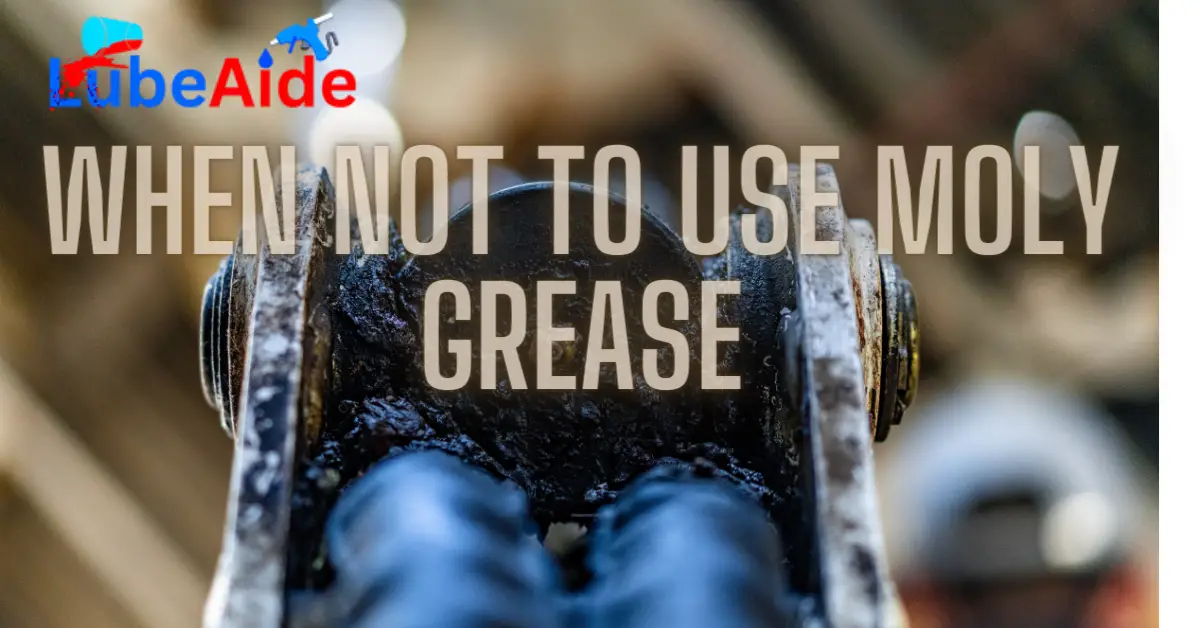Moly grease, also known as molybdenum disulfide grease, is a popular lubricant used in various industries. Its high performance and durability make it an ideal choice for many applications. However, there are certain situations where using moly grease can be detrimental. In this, we will discuss when not to use moly grease and explore alternative lubricants that are more suitable for specific applications.
What is Moly Grease

Moly grease, also known as molybdenum disulfide grease, is a type of lubricating grease that contains molybdenum disulfide particles as a key ingredient. This type of grease is widely used in applications where high-pressure and high-temperature conditions exist, such as in heavy-duty industrial machinery, automotive parts, and aerospace equipment.
The molybdenum disulfide particles in moly grease act as solid lubricants, which provide a layer of protection between metal surfaces, reducing friction and wear. This is particularly important in applications where there is a risk of metal-to-metal contact or where traditional liquid lubricants may not be effective.
Moly grease is typically formulated using a base oil, thickener, and various additives to enhance its performance. The base oil can be mineral oil, synthetic oil, or a combination of both, and the thickener is typically a metal soap or synthetic polymer.
Moly grease has several advantages over other types of lubricating greases. Its solid lubricant properties provide superior protection against wear and tear, even under extreme conditions. Moly grease also has excellent resistance to water and other contaminants, making it ideal for use in harsh environments.
Moly grease also has a long service life, which reduces the need for frequent reapplication. It is also easy to apply and can be used in a wide range of applications.
Moly grease is a high-performance lubricating grease that provides superior protection and performance in high-pressure and high-temperature applications. Its solid lubricant properties, resistance to water and contaminants, and long service life make it an ideal choice for a wide range of industrial, automotive, and aerospace applications.
When to Use Moly Grease

- Heavy machinery: Moly grease is commonly used in the lubrication of heavy machineries such as tractors, bulldozers, cranes, and mining equipment. The solid lubricant additive provides extra protection against wear and tear caused by heavy loads and high temperatures.
- High-pressure environments: Moly grease is also used in high-pressure environments, such as in hydraulic systems, where it can withstand extreme pressure and prevent equipment failure.
- High-temperature environments: Moly grease is often used in high-temperature environments, such as in steel mills, foundries, and glass plants, where it can withstand temperatures of up to 500°F (260°C).
- Slow-moving parts: Moly grease is effective in lubricating slow-moving parts, such as bearings and gears, where it provides long-lasting lubrication and reduces friction.
- Corrosive environments: Moly grease is also effective in corrosive environments, such as marine applications, where it provides extra protection against rust and corrosion.
When Not to Use Moly Grease

- When the application involves high speeds: Moly grease may not be suitable for high-speed applications as it can break down or separate under high shear forces, which can reduce its lubricating properties.
- When the application involves low temperatures: Moly grease may not be ideal for low-temperature applications as it can become stiff and hard to apply or spread, which can limit its effectiveness in reducing friction and wear.
- When the application involves electrical contacts: Moly grease is conductive and can interfere with electrical contacts, so it should not be used in applications where it may come into contact with electrical components.
- When the application involves plastic or rubber parts: Moly grease can cause swelling, cracking, or other damage to plastic or rubber parts, so it should not be used in applications where these materials are present.
- When the application involves food or pharmaceuticals: Moly grease may not be safe for use in applications involving food or pharmaceuticals as it can contaminate the products and pose a health risk. In such cases, food-grade lubricants or pharmaceutical-grade lubricants should be used instead.
Benefits of Using Moly Grease
- Increased Lubrication: Moly grease contains molybdenum disulfide, which has excellent lubrication properties. This helps to reduce friction and wear on moving parts, leading to improved performance and longer equipment life.
- Extreme Pressure Resistance: Moly grease can withstand extreme pressure and shock loads, making it ideal for use in heavy-duty equipment and machinery.
- Corrosion Protection: Moly grease provides excellent protection against rust and corrosion, helping to prevent equipment damage and breakdowns.
- High-Temperature Resistance: Moly grease can withstand high temperatures without breaking down or losing its lubrication properties. This makes it suitable for use in applications where high temperatures are present.
- Versatility: Moly grease is suitable for use in a wide range of applications, including automotive, marine, and industrial equipment.
Drawbacks of Using Moly Grease
- Cost: Moly grease can be more expensive than conventional grease, which may make it less attractive for some applications.
- Messy: Moly grease can be messy to work with and can leave stains on clothing and other surfaces.
- Incompatibility: Moly grease may not be compatible with certain materials, such as some plastics and rubbers, which can cause damage or failure.
- Limited Availability: Moly grease may not be as readily available as conventional grease, which can make it difficult to source in some areas.
- Buildup: Moly grease can build up over time, potentially causing clogs or blockages in equipment.
Common Misconceptions about Moly Grease

- Moly grease can be used in any application: One of the most common misconceptions about moly grease is that it can be used in any application. While moly grease is suitable for many applications, it is not suitable for all. Moly grease is specifically designed for high-load-bearing applications, such as heavy machinery, industrial equipment, and automotive applications. Using moly grease in low load-bearing applications can lead to excessive wear and tear on the machinery.
- Moly grease is a substitute for regular grease: Another common misconception is that moly grease can be used as a substitute for regular grease. While moly grease does contain regular grease as a base, it also contains molybdenum disulfide, which provides additional lubrication and protection against wear and tear. Using moly grease as a substitute for regular grease can lead to inadequate lubrication and increased wear and tear on the machinery.
- Moly grease does not need to be changed as often as regular grease: Some people believe that moly grease does not need to be changed as often as regular grease. While moly grease does have a longer service life than regular grease, it still needs to be changed at regular intervals to maintain its effectiveness. Failure to change moly grease at regular intervals can lead to inadequate lubrication and increased wear and tear on the machinery.
- Moly grease is not compatible with other greases: There is a misconception that moly grease is not compatible with other greases. While it is true that different types of grease should not be mixed, moly grease can be used in conjunction with other greases that are compatible with it. However, it is important to consult the manufacturer’s recommendations and test the compatibility of different greases before using them together.
- Moly grease is harmful to seals and gaskets: Finally, there is a misconception that moly grease is harmful to seals and gaskets. While some types of grease can cause damage to seals and gaskets, moly grease is specifically designed to be compatible with these components. However, it is still important to choose the correct type of moly grease for the specific application and to follow the manufacturer’s recommendations for maintenance and lubrication.
FAQs
What are the negative effects of using moly grease in the wrong applications?
Using moly grease in the wrong applications can lead to poor performance, increased wear and tear on machinery, and even equipment failure. It is important to understand when not to use moly grease and use alternative lubricants in those situations.
What is the best way to apply moly grease?
Moly grease can be applied with a grease gun, brush, or other appropriate tools. Make sure to follow the equipment manufacturer’s recommendations for lubrication intervals and application methods.
Can moly grease be used in extreme temperatures?
Moly grease has a limited temperature range, and may not be suitable for use in extreme temperatures. Be sure to check the manufacturer’s specifications for temperature range and consult with a lubrication expert if unsure.
Can moly grease be used on plastic components?
Moly grease may not be suitable for use on plastic components, as it can cause damage or degradation. Check the manufacturer’s specifications or consult with a lubrication expert for guidance on selecting the appropriate lubricant for plastic components.
How often should equipment be lubricated?
The frequency of lubrication depends on several factors, including the type of equipment, operating conditions, and lubricant type. Consult with the equipment manufacturer’s recommendations for lubrication intervals, or establish a lubrication program based on the equipment’s specific needs.
How do I know if I am using the right lubricant?
The right lubricant should be selected based on the operating conditions, equipment type, and lubrication point. Conducting regular equipment inspections and monitoring grease performance can help identify any issues or necessary adjustments. Consult with a lubrication expert for guidance on selecting the appropriate lubricant for your equipment.
Final Thought
In the end, moly grease is a versatile lubricant with many benefits, but it is important to know when not to use it. High-speed, low-speed high-load, high-temperature, oxygen-enriched, and food-grade applications are all areas where moly grease should not be used due to the potential negative effects it can have. It is crucial to understand these limitations to ensure the proper use and longevity of machinery and equipment. By following the guidelines and using appropriate alternatives when necessary, you can ensure optimal performance and safety in your operations. Remember, knowing when not to use moly grease is just as important as knowing when to use it.
Related Topic:
- When to Use White Lithium Grease on Rubber Bushings
- How To Remove Grease From Hands And Nails
- Where to Put Dielectric Grease on Spark Plugs
- What Happens If You Don’t Grease Brake Pads
- Why Does Grease Gun Leak: Troubleshooting Guide
- Different Types of Grease
- How to Depressurize a Grease Gun for Storage
- how to get air out of a grease gun
- How to Store a Grease Gun
- Can You Use Dielectric Grease on Brake Caliper Pins
- White Lithium Grease vs WD-40


